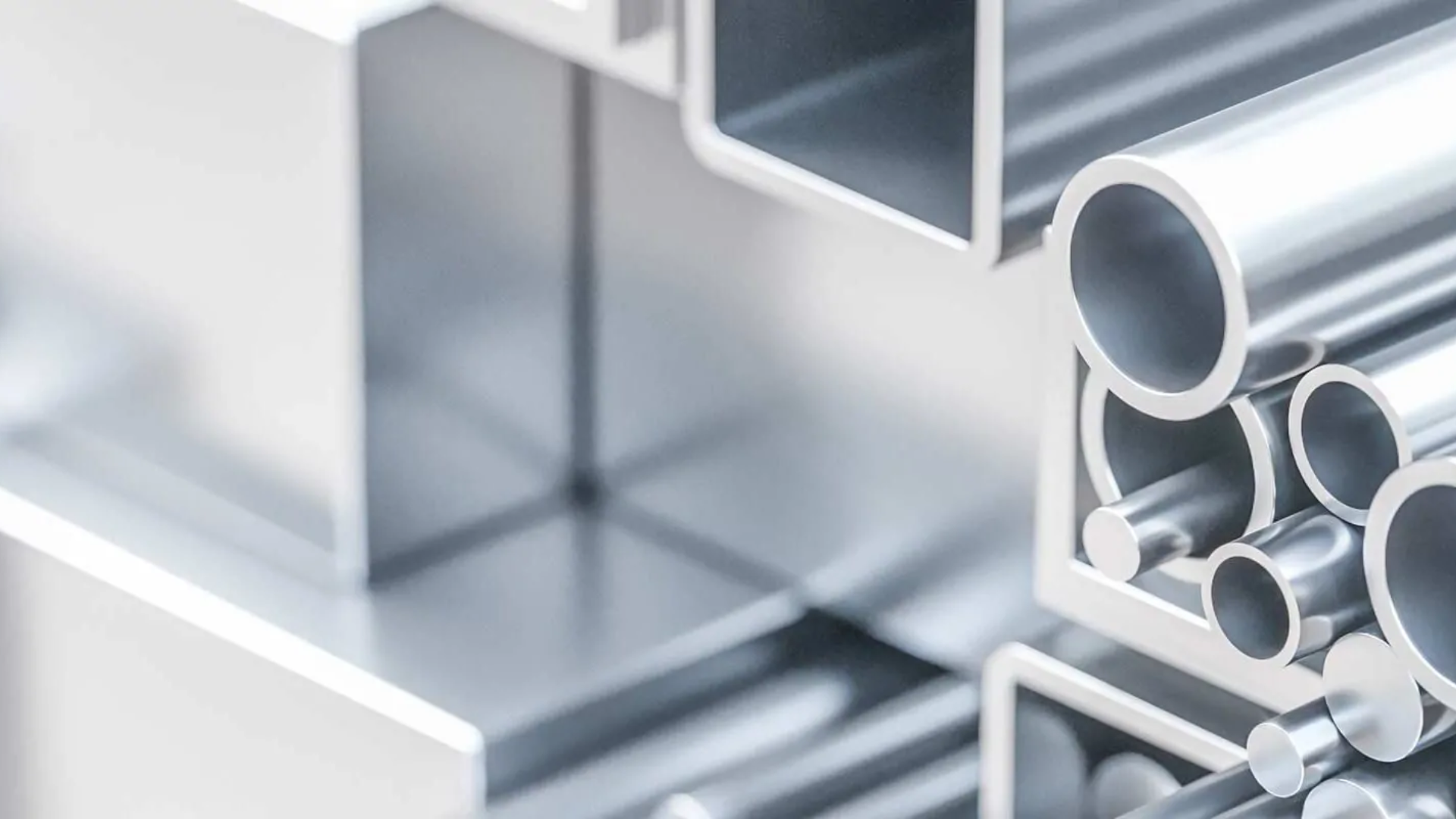
Materials
Information on Materials and the Challenges Specific to Each One
Materials at a Glance
When it comes to machining a material, you need to consider the special requirements of each one. You can find additional information on the challenges relating to the individual materials on the pages to follow.
-

Steel
Learn moreSteel refers to metallic alloys with iron as their primary component which contain less than 2.06% carbon and belong to the ISO P group.
-

Corrosion-Resistant Steel
Learn moreCorrosive-resistant steels include a range of steel grades characterised by high resistance to corrosion and acid.
-

Cast Iron
Learn moreCast iron melts at a lower temperature than steel and has excellent flowing characteristics due to its chemical composition.
-

Non-Ferrous Metals
Learn moreAll metallic alloys containing little to no iron, with the exception of precious metals, are referred to non-ferrous (NF) metals.
-

Superalloys
Learn moreSuperalloys are high-strength metals whose complex composition of different metals and other elements makes them suitable for use in high-temperature applications.
-

Hardened Steel
Learn moreHardened steel is characterized by a particularly high mechanical resistance and is used in sectors such as the automotive industry and mechanical engineering.
-

Non-Metalic Materials
Learn moreNon-metallic materials are all materials that do not contain metal in their material matrix.







